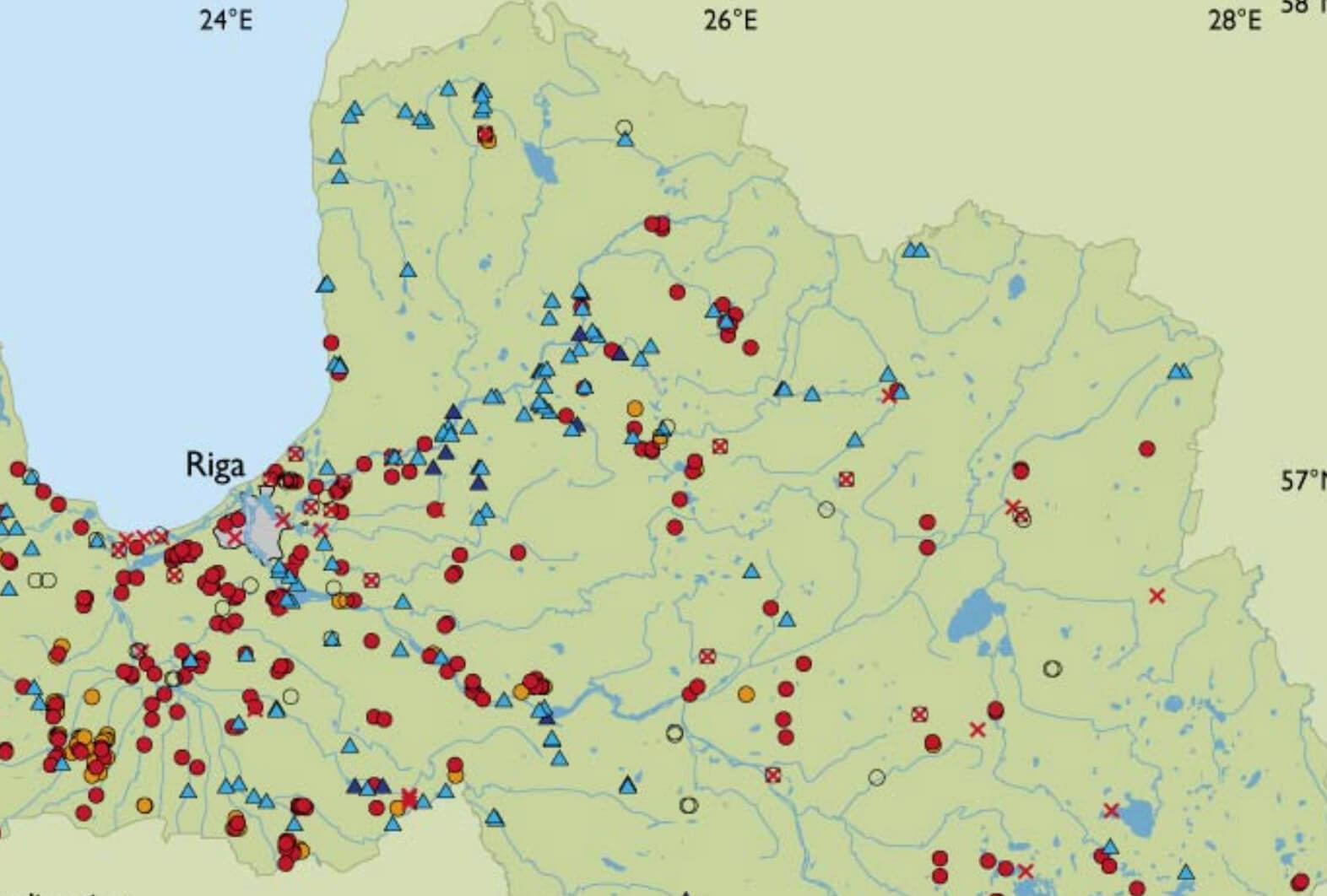
How to Cite
Share
Abstract
Experience and results from the Danish groundwater monitoring programme that has been carried out systematically since 1990, have been used in a co-operative project between Latvia and Denmark. The main objective of the project was to obtain more detailed knowledge of the shallow Latvian groundwater, to optimise the Latvian groundwater monitoring programme and to support the implementation of European legislation such as the Water Framework Directive, the Nitrate Directive and the Groundwater Directive in Latvia. Comprehensive summaries describing the methodology of groundwater quality monitoring as well as the major results from the Danish groundwater monitoring network can be found in GEUS (2005) and Stockmarr (2005). Until recently only few data on Latvian groundwater quality were available, but in a project running from 2003 to 2006, 800 samples from groundwater, springs and drains have been analysed for a large number of components resulting in a comprehensive overview of the status of Latvian groundwater (Fig. 1; Gosk et al. 2006). The project Agricultural influence on groundwater in Latvia was carried out by the State Geological Survey of Latvia and the Geological Survey of Denmark and Greenland (GEUS) and was supported by the Danish Environmental Protection Agency within the framework of the DANCEE programme (Danish Co-operation for Environment in Eastern Europe). As a spin-off of the project this paper compares groundwater quality in the two countries.
How to Cite
Share
Copyright (c) 2007 Edmund Gosk, Igors Levins, Lisbeth Flindt Jørgensen

This work is licensed under a Creative Commons Attribution 4.0 International License.
Downloads
Edited by Martin Sønderholm and A.K. Higgins
The Review of Survey activities presents a selection of 17 papers reflecting the wide spectrum of activities of the Geological Survey of Denmark and Greenland, from the microscopic to the plate-tectonic level.
Activities in Denmark: The Survey's field of activities in Denmark is illustrated by three papers on [...]









